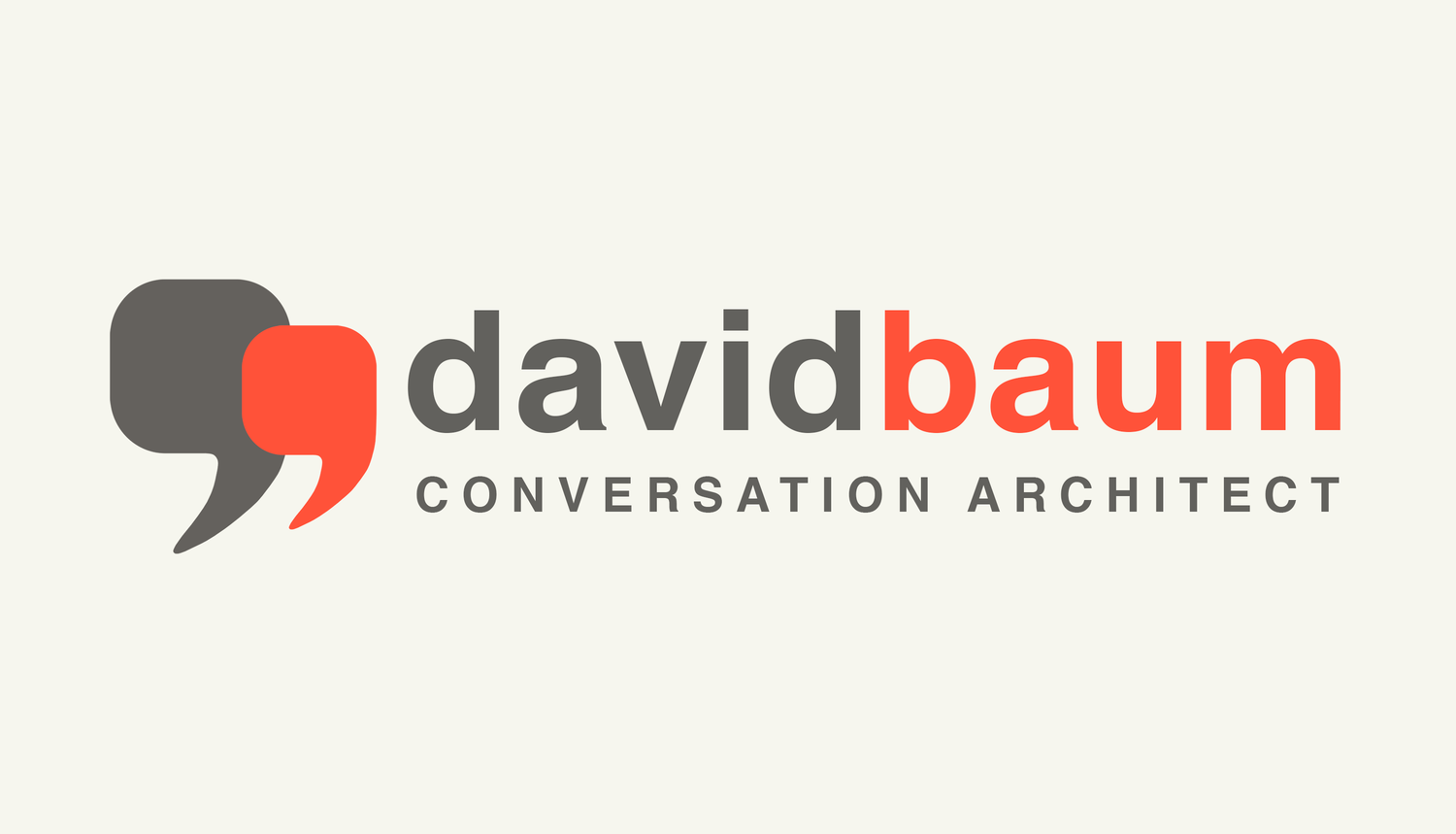Alignment
(image via unsplash.com)
What does alignment mean? Think of a car going down a highway. If all four tires are aligned and you take your hands off the steering wheel, your car will still go in the direction it is headed. But if one of the tires is out of alignment the car will shake and begin to drift. If two are out of line you'll end up in a ditch. Alignment is about critical mass. Using this analogy, the less tires you have, the more critical that the mass be aligned. On an eighteen wheeler, one tire won't effect the truck's direction too drastically. On a motorcycle it can be deadly.
Alignment means when I make decisions or take independent action, I am always informed by a larger context and act accordingly. Some think alignment is the same as agreement. It is not. It is also not the same as trust. Trust is a by-product of alignment. Alignment is instead a deep understanding between stake-holders, that only occurs over time through repeated engaged conversations. It is an essential part of any change effort. Where misalignment occurs, is where seams will often be worked by those who are disaffected or resistant. Alignment is most essential in complexity, when deep understanding to a larger whole may be your only path through a big change.
On a car, if the wheels are .34 degrees out of alignment, or just 0.17 inches off, on an average driving year of 12,000 miles, your tires will have traveledsideways for 68 miles! That's a lot of drag. When we are misaligned organizationally, it is felt as resistance and lethargy. In a relationship, it is felt as conflict or deadness. And when our values are misaligned with the way we live it is felt as discontent and even depression.
Alignment requires a significant ability to manage paradox--what the philosopher Georg Hegel called “the availability heuristic”. This means the ability to hold differing points of view that seemed mutually incompatible at the same time. Holding paradox can only occur when a bigger context is created. If this larger context doesn't exist then individual self-interest or ego will usually win the day.
To attain organizational alignment, frequently remind others that:
The collective future is greater than the past.
Their questions greater than the answers.
Combined contribution is greater than individual gain.
On a relationship basis, ask:
Where do we share the same vision and dream's about our future? Where do we share the same values and ways of acting?
In difference, what is either mostly right, partly right or even somewhat right in the others point of view? Remember, that in all relationship misalignment's, it always makes sense to them.
What are our relationship "no matter whats", i.e. those things which we will never sacrifice for either demands or opportunities?
Finally, on an individual basis, we can stay aligned by remembering the following philosophical points.
Keep asking what is the larger goal I am trying to attain? Have short breaks in your day to re-align yourself. Think of it as the pause that refreshes.
It's not a choice between what you know and what is new. Instead frame new demands as you need instead.
Think in terms of addition versus decision. The goal is to add the "new this" to the "old that". Don't get stuck in "this way or that". Find what anthropologist Angeles Arrien calls, "the formidable middle".
Remember that in the end, it is all about discovery. Explorers know this, and so always make room in the present for the possibility of what might come next.

